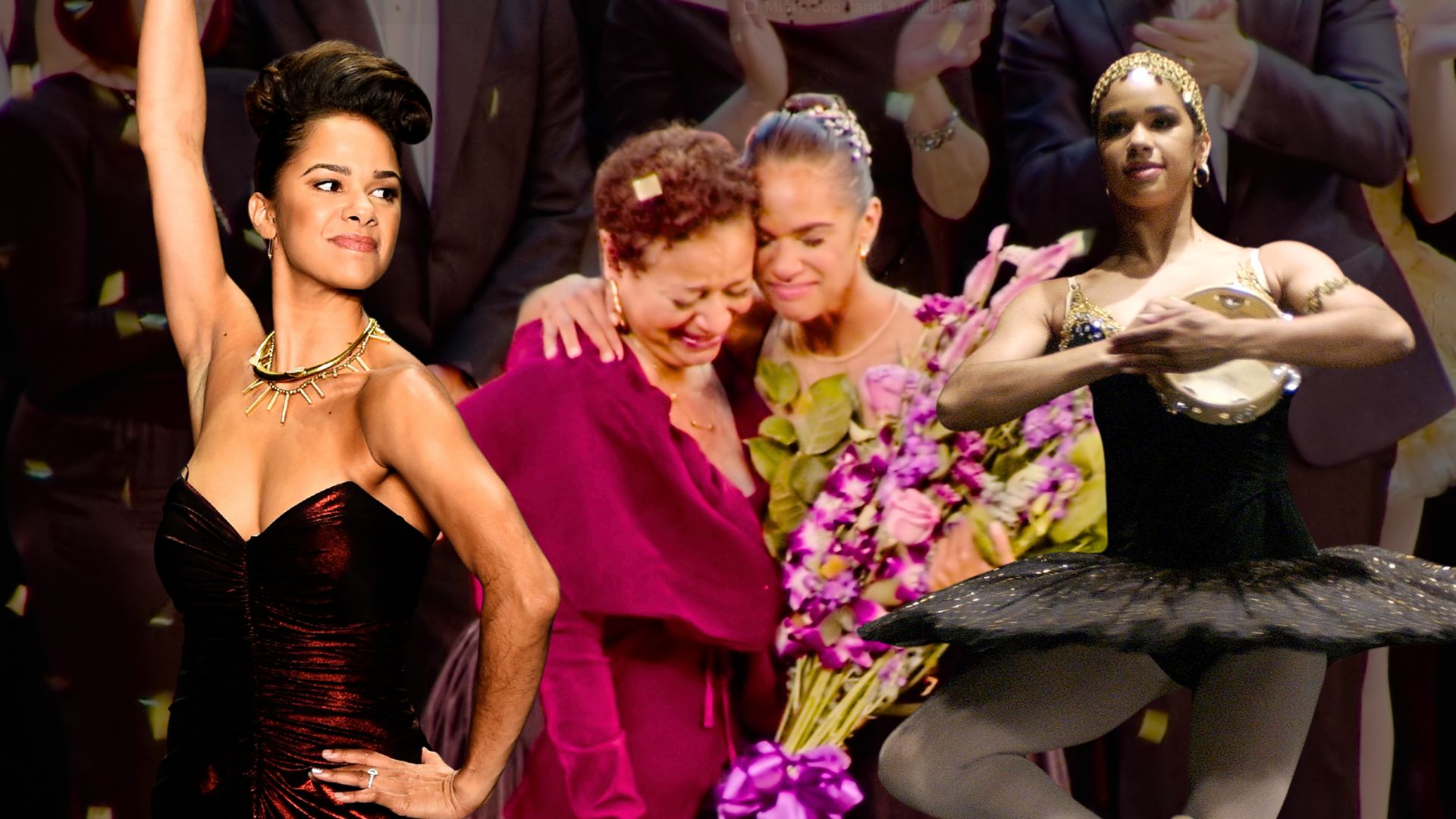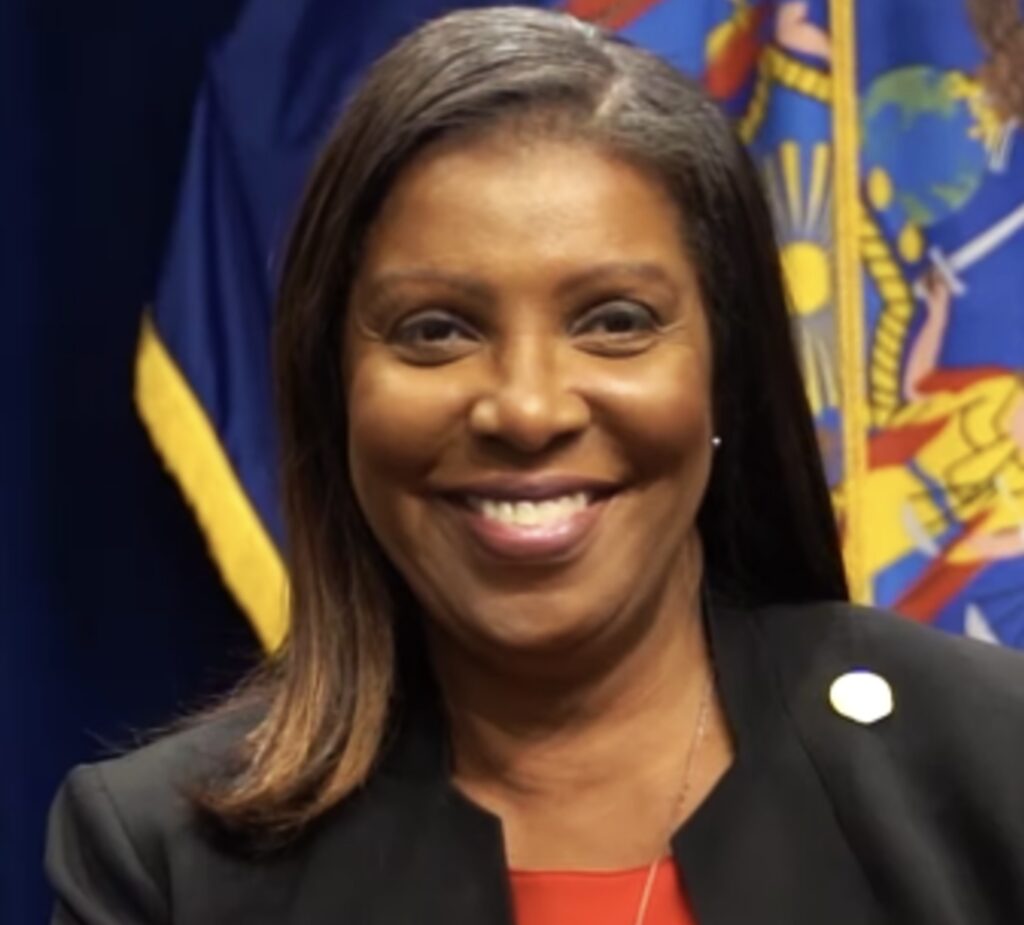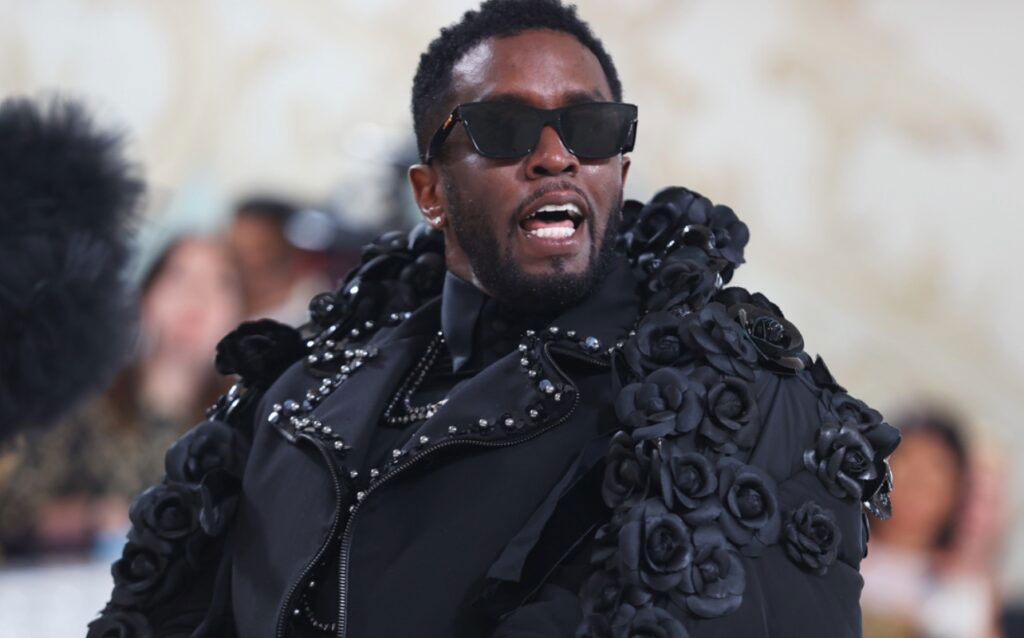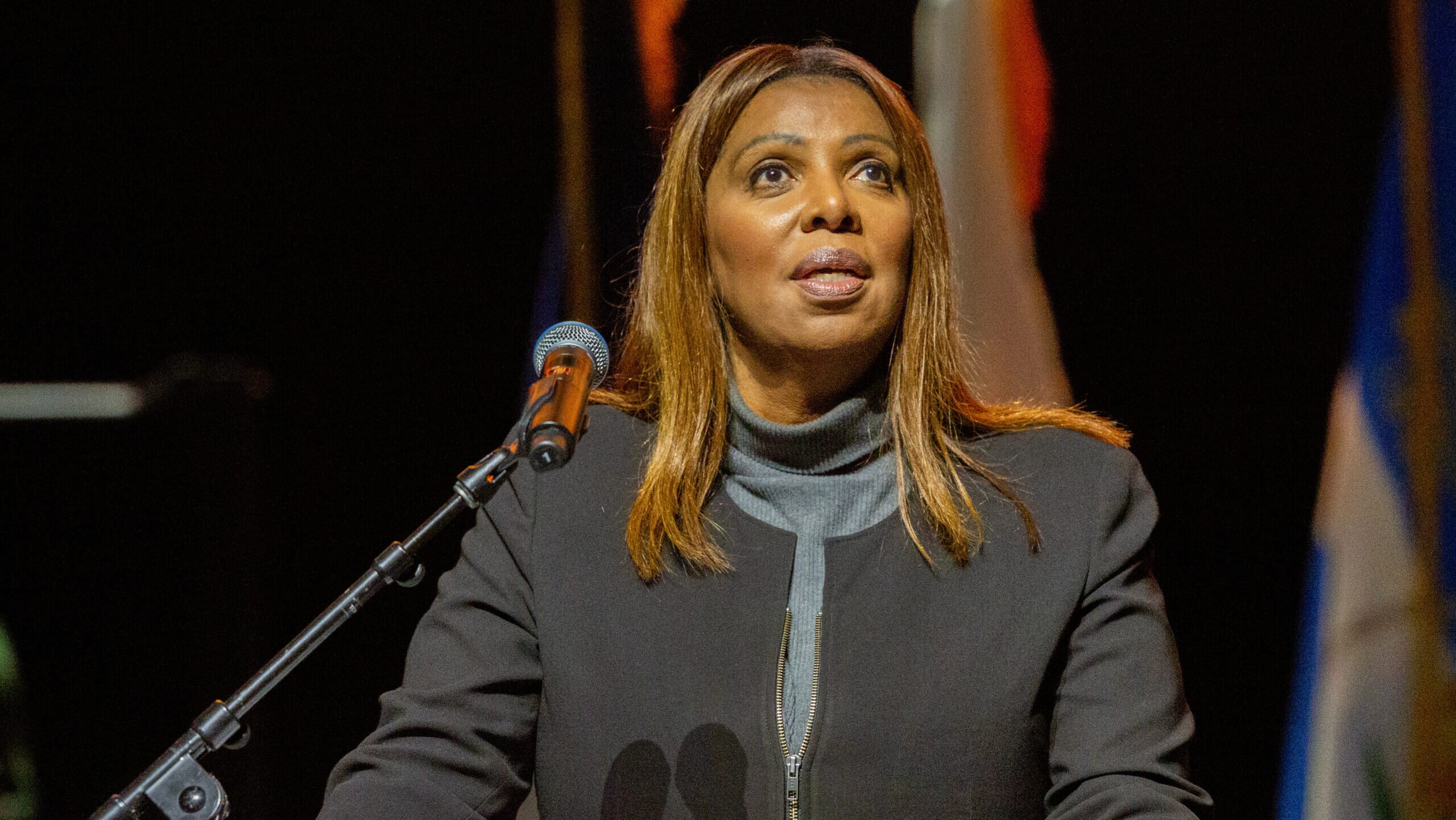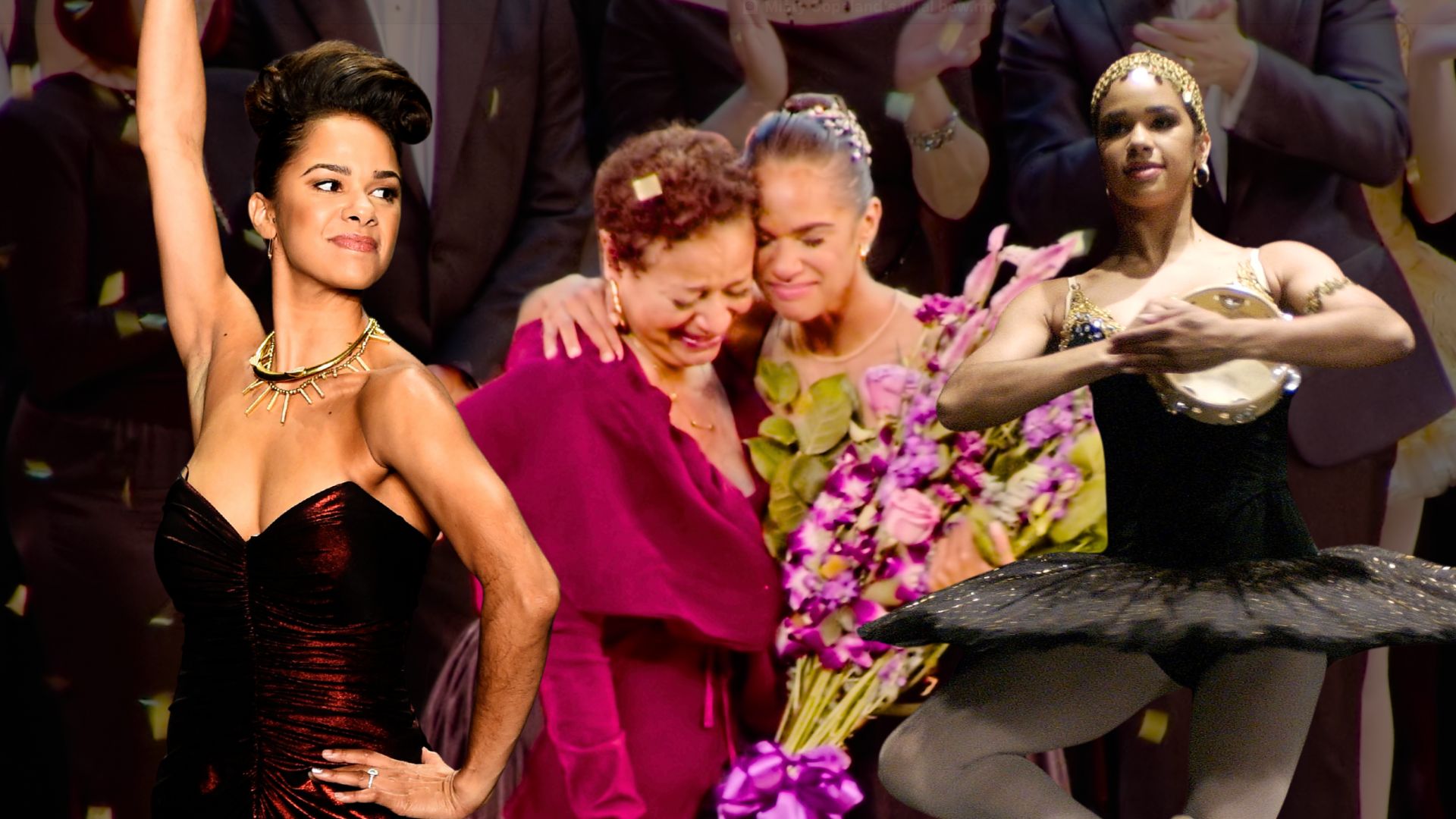
When Misty Copeland arrived on the red carpet for the American Ballet Theatre Fall Gala, “A Celebration Honoring Misty Copeland,” at Lincoln Center’s David H. Koch Theater on Wednesday night, she wore a white structural corset that gave way to a massive tulle underskirt that was black—the color, an elegant symbol of closure and rebirth, that did not go unnoticed.
Hours later, inside that same theater, the 43-year-old ballet star brought the curtain down on her legendary 25-year career in dance. She lowered demurely into a deep plié, then a soaring arabesque, her chiffon skirt a whisper of rigid history giving way to the flexibility of possibility. In a romantic costume, she was joined by longtime partner Calvin Royal III for the balcony scene from “Romeo and Juliet,” the two moving with exquisite restraint as Prokofiev’s score swelled.
She later slipped into Kyle Abraham’s “Wrecka Stow,” her movements raw, grounded, and defiantly modern, before closing in a black chiffon dress and heeled dance shoes with Twyla Tharp’s “Sinatra Suite” alongside Herman Cornejo—her glissades buoyant, her jetés crisp, as Frank Sinatra’s “That’s Life” played like a wink to everything she’s overcome.
Among those gathered to honor her were luminaries such as Oprah Winfrey and the legendary Debbie Allen.
During her remarks, Winfrey said, “Every once in a generation, someone comes along who just doesn’t master their craft. They shift the very atmosphere around it. She redefined who belongs, who gets to be seen, and who gets to lead. When Misty became the first black female principal dancer in American Ballet Theater’s 75-year history, it wasn’t just a milestone; it was a mirror held up to generations who had never seen themselves reflected in the center of the frame. She redefined an image that had gone unchanged for too long.”
As confetti shimmered with flowers being thrown at her feet, and her husband, Olu Evans, stepped forward with their son Jackson, who toddled out with flowers, Copeland took her final bow as the hush gave way to a thunderous applause. In that moment, she wasn’t finished. She was ignited.
Though she’d been blazing her path in ballet since 2001, the first time I heard her name in the 2010s, it was almost mythic, whispered in a college dance studio full of mirrors that rarely reflected anyone who looked like me. I remember a photo of her mid-arabesque, the muscles in her back carved like a sculpture by Michelangelo, captioned something like “Misty Copeland, the ballerina breaking barriers.” I watched her “Odette Variation” on YouTube, her arms unfurling with the gorgeous fluidity of actual swan wings—and sat frozen. Until then, ballet had felt like a world I loved but could never belong to.
As a child, I was told Black girls weren’t ballerinas—our bodies too big, our skin too dark, our hair too wild. But when Misty rose, she took those lies and pirouetted through them. Before Copeland, ballet was a language I’d learned to love but never believed could be spoken in my own accent. Then she appeared, and suddenly my reflection at the barre didn’t feel so out of place.
Her rise was part grit, part grace. She started ballet at thirteen (many typically begin when they start walking), training in a Boys & Girls Club gym, her first barre a metal chair, her first leotard borrowed. But by 2015, she broke ground performing with American Ballet Theatre as the first Black woman to be named a principal dancer in its seventy-five-year history.
What struck me most wasn’t just her groundbreaking brilliance but her balance—the way she held both rebellion and reverence in her port de bras. She honored tradition even as she redefined it, pushing for flesh-tone tights and shoes that matched every dancer’s skin tone, mentoring young Black ballerinas, and creating space where none had existed before.
She didn’t storm the gates of ballet; she leapt through them. She changed the color of the stage not by demanding the spotlight but by becoming the light itself.
What she gave us was more than flawless pirouettes; as Winfrey said, “it was permission” to exist in the center of the stage and still retain our grace. For me, Copeland broke through the noise, the racism, and the lies that had followed me since I first started ballet at three years old that said I didn’t belong there, or in any of the creative and artistic lanes I was drawn to.
Beyond me, she trailblazed a path for an army of young Black ballerinas. Dancers like Olivia Boisson (who joined New York City Ballet in 2013 as its first Black dancer in a decade) and rising names still carving their paths all trace a thread back to Copeland’s light. I still dance today, and I see so many more Black teens and girls darting between classes in brown shoes and tights that match their skin, while I wait for my adult class—no longer one of the only people of color in the room.
And what remains is a legacy in motion. Each studio that stocks “flesh-tone” tights, shoes, and leotards in every shade, and each audition panel that stops asking “Does she look the part?” and instead asks “How will she become the part?” is a result of the possibility Copeland represented. The bow she took on Wednesday wasn’t an ending. It was a release of hope. And it stays with me in every plié I take, in every class where I remember: the barre isn’t just for those who look like the old guard, it’s for me.


